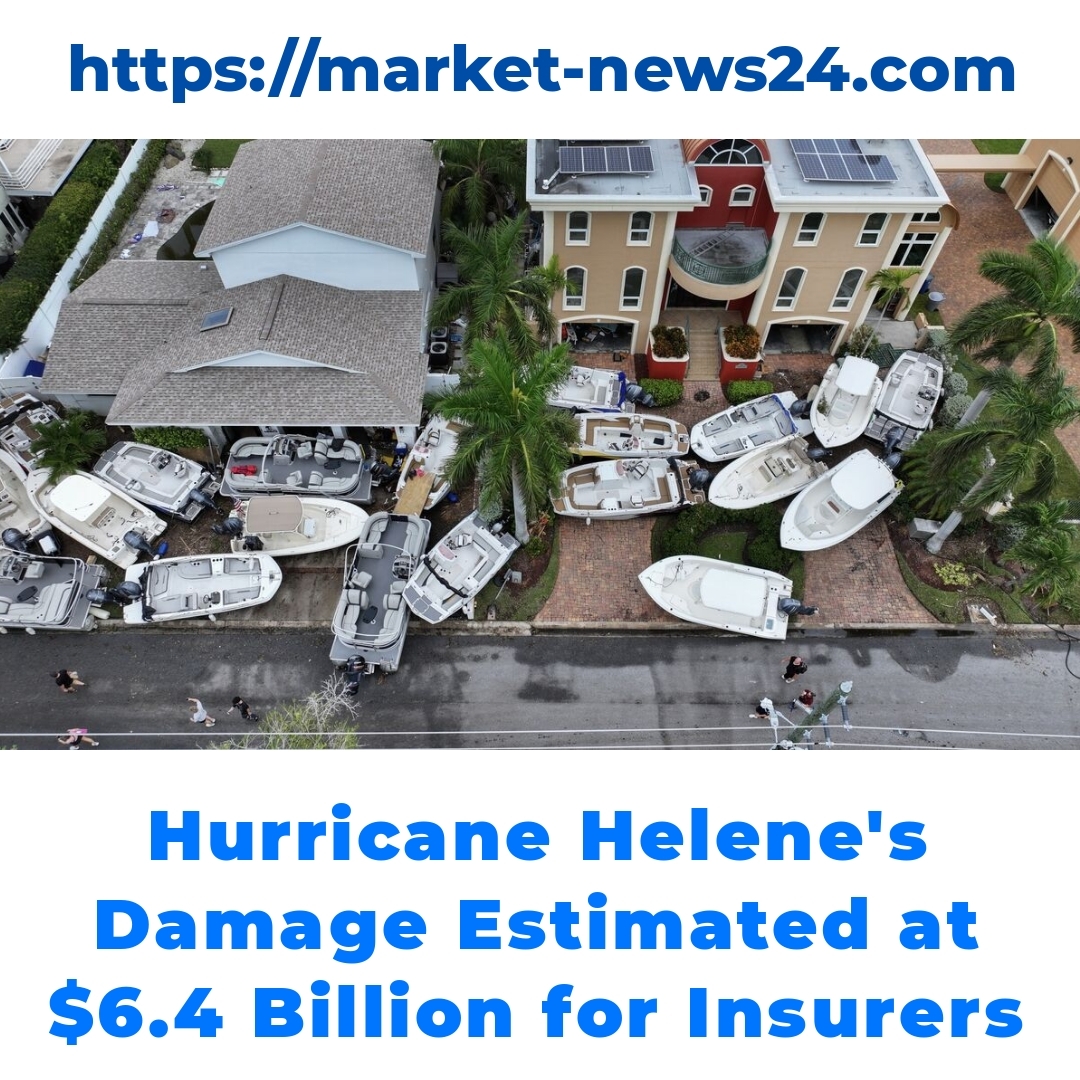Hurricane Helene has made headlines due to its significant path and resulting destruction. This powerful storm is estimated to have incurred insurance costs of around $6.4 billion, raising concerns about its effects on the insurance industry. Understanding the financial implications and the role of catastrophe modeling can shed light on the disaster’s broader impact.


Understanding Hurricane Damage
When we talk about hurricanes, it’s crucial to understand the type of damage they cause. Hurricanes can result in various forms of property damage, including flooding, strong winds, and debris dispersion. Homes, businesses, and infrastructure are all at risk during such natural disasters. Knowing the potential impact is vital for homeowners, business owners, and the insurance industry alike. This understanding helps prepare for the aftermath and aids in recovery efforts.
Early Estimates of Hurricane Helene Damage
Recent estimates from Karen Clark & Company highlight that Hurricane Helene is likely to bring about $6.4 billion in insurance costs. This figure is derived from detailed catastrophe modeling, which assesses potential financial impacts from such natural disasters. Catastrophe modeling employs statistical data and simulations to predict the extent of damage, allowing insurers to prepare for and manage payouts effectively.
The Role of Catastrophe Modeling in Insurance
Catastrophe modeling is a fundamental tool in the insurance industry. It helps predict the financial repercussions of natural disasters like Hurricane Helene. By analyzing historical data and current conditions, companies like Karen Clark & Company create models that offer insights into possible damage costs. This allows insurers to strategize better, ensuring they’re equipped to handle claims when disasters strike.
Economic Impact of Hurricanes on Insurers
The financial impact of Hurricane Helene on insurers cannot be overstated. With projected insurance costs reaching $6.4 billion, this event poses considerable challenges to the insurance industry’s stability and viability. Such substantial payouts can lead to higher premiums for policyholders and potentially affect the overall market. Insurers must navigate these financial waters carefully to maintain their operations and service commitments.
How Hurricanes Affect Insurance Premiums
Hurricanes like Helene significantly influence insurance premiums. After a major storm, insurers often reassess their risks, which can lead to increased rates. Several factors come into play when determining premium adjustments post-hurricane, including:
– The severity of the damage
– The cost of rebuilding
– Historical data on claims in affected areas
These adjustments are not uniform; they can vary widely depending on how quickly a community recovers from the disaster and the level of damage incurred.
Recovery and Rebuilding After Hurricane Helene
Recovery efforts following a hurricane like Helene are crucial. Once the storm has passed, the real work begins. Insurance claims play a pivotal role in recovery efforts, as they provide the necessary funds for rebuilding damaged properties and infrastructure. The economic implications of these recovery processes extend far beyond the immediate area, impacting local businesses and the national economy as a whole.
Conclusion
In recap, Hurricane Helene has had devastating effects, with estimated insurance costs predicted to reach around $6.4 billion. This disaster not only impacts the individuals and communities affected but also poses broader challenges for the insurance industry. Understanding the potential long-term effects of hurricanes like Helene is essential for all stakeholders involved, from homeowners to insurers. It’s crucial to stay informed and prepared for any eventualities.
Call to Action
As we reflect on the lessons learned from Hurricane Helene, it’s vital to encourage everyone to stay informed about hurricane preparedness. Being knowledgeable about your insurance coverage options can drastically affect recovery efforts in the face of such natural disasters. Prepare now to mitigate future challenges.
FAQ Section for Understanding Hurricane Damage
What types of damage can hurricanes cause?
Hurricanes can cause various types of damage, including:
- Flooding from heavy rainfall and storm surges.
- Strong winds that can uproot trees and damage roofs.
- Debris dispersion, which can harm property and pose safety risks.
How can I prepare for hurricane damage?
To prepare for hurricane damage, consider the following:
- Stay informed about the hurricane season and local weather updates.
- Review your insurance policy to ensure it covers hurricane-related damages.
- Create an emergency plan for your family and property.
- Invest in storm-proofing measures, such as reinforcing windows and securing outdoor items.
What is catastrophe modeling?
Catastrophe modeling is a tool used in the insurance industry to predict the financial impact of natural disasters. By using:
- Historical data and statistical simulations
- Current environmental conditions
This modeling helps insurers estimate damage costs and plan for possible claims after a hurricane.
How do hurricanes affect my insurance premiums?
After a hurricane, insurance premiums may increase due to factors like:
- The severity of the damage caused by the storm.
- The overall cost of rebuilding in the affected areas.
- Historical claims data from previous hurricanes in your location.
What role do insurance claims play after a hurricane?
Insurance claims are crucial for recovery after a hurricane. They provide the necessary funds to:
- Rebuild damaged homes and businesses.
- Restore infrastructure and community services.
This process not only assists those directly affected but also helps stabilize local and national economies.






